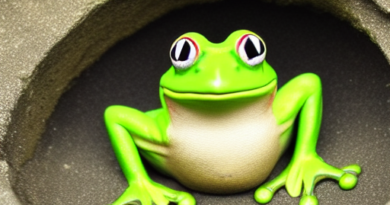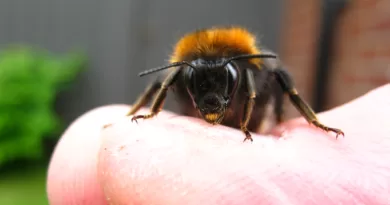The Pros and Cons of Artificial Insemination in Sheep
What is Artificial Insemination in Sheep and how does it work in sheep farming?
Artificial Insemination in Sheep (AI) is a technique used to transfer sperm into the reproductive tract of a female animal. This process can be used in sheep farming to help improve genetic diversity and produce higher-quality offspring.
There are two main methods of AI in sheep:
- Intrauterine artificial insemination (IUA).
- Intravaginal artificial insemination (IVA).
IUA involves inserting sperm into the uterus using a long, thin tube called an artificial vagina. IVA is similar, but the sperm is inserted into the sheep’s vagina using a shorter artificial vagina. Both methods are typically performed by a trained technician, and the success rate varies depending on the method used and the skill of the technician. However, AI can be an effective tool for sheep farmers who want to improve the quality of their flock.

The pros of using Artificial Insemination in Sheep – increased conception rates, improved genetic diversity, etc.
Artificial insemination (AI) is a process whereby sperm is artificially introduced into the reproductive tract of a female. This can be done either by intrauterine insemination, where the sperm is introduced into the uterus, or intravaginal insemination, where the sperm is introduced into the vagina. AI has several benefits, especially for sheep farming.
- First, it can help to increase conception rates. This is because AI allows for greater control over when and how fertilization occurs, as well as providing a higher concentration of sperm cells than would be possible through natural mating.
- Second, AI can help to improve genetic diversity within a flock. This is because artificial insemination allows for the introduction of new genetic material from outside the flock, which can help to broaden the gene pool and reduce inbreeding.
- Finally, AI can also help to reduce disease transmission. This is because artificial insemination reduces the opportunity for contact between animals, which helps to minimize the spread of diseases such as foot-and-mouth disease. Overall, artificial insemination provides several advantages for sheep farming, making it an important tool for both commercial and hobbyist producers.
The cons of using Artificial Insemination in Sheep – potential health risks for the ewes and lambs, higher costs, etc.
While Artificial Insemination in Sheep (AI) can be a useful tool for sheep breeders, several potential drawbacks should be considered. One of the chief concerns is the potential for health risks to the ewes and lambs. In AI, semen is collected from a ram and then inserted into the ewe using a sleeve and artificial vagina.
This process can introduce bacteria and other contaminants into the ewe’s reproductive tract, which can lead to infection. Additionally, AI lambs may be more likely to experience birth complications due to their small size. Finally, AI is generally more expensive than natural mating, as it requires specialized equipment and training. For these reasons, artificial insemination should be used with caution in sheep breeding programs.
Which method is best for your farm – traditional breeding or artificial insemination?
Artificial insemination (AI) is a common breeding method used by many farmers. It involves using an artificial insemination rod to deposit sperm directly into the animal’s uterus. This method can be used with many different animals but is most commonly used with sheep. There are many benefits to using AI, including the ability to control the breeding process, the ability to breed multiple males with one female, and the ability to introduce new bloodlines into a flock.
However, there are also some drawbacks to consider, such as the need for specialized equipment and training, and the fact that AI is not always successful. Ultimately, the decision of which breeding method to use depends on the specific needs of your farm.
Cost of Artificial Insemination in Sheep
The cost of artificial insemination in sheep (AI) can vary depending on several factors, including the type of AI used, the cost of the semen, and the experience of the technician. The most common type of Artificial Insemination in Sheep is intracervical insemination, which involves inserting the semen into the cervix using a special catheter.
The cost of artificial insemination in sheep is between $30 and $50 per breed. However, another type of AI called laparoscopic insemination can also be used. This type of AI involves making a small incision in the abdomen and directly injecting the semen into the ovary.
Laparoscopic insemination is generally more expensive than intracervical insemination, costing between $100 and $200 per breeding. The cost of semen is also a factor to consider when budgeting for AI. Semen from popular stud rams can cost upwards of $500 per breeding dose, while semen from less popular rams may only cost a few hundred dollars per dose.
Finally, the experience of the technician performing the AI procedure is also a factor that can affect cost. More experienced technicians may charge higher rates, but they are also more likely to successfully conceive ewes on their first attempt. In general, artificial insemination is an expensive procedure, but it can be a worthwhile investment for sheep breeders looking to improve their flock.






Your info is very appealing.
Hi there! I simply want to offer you a huge thumbs up for the excellent information you’ve got right here on this post. I am coming back to your site for more soon.